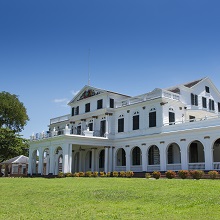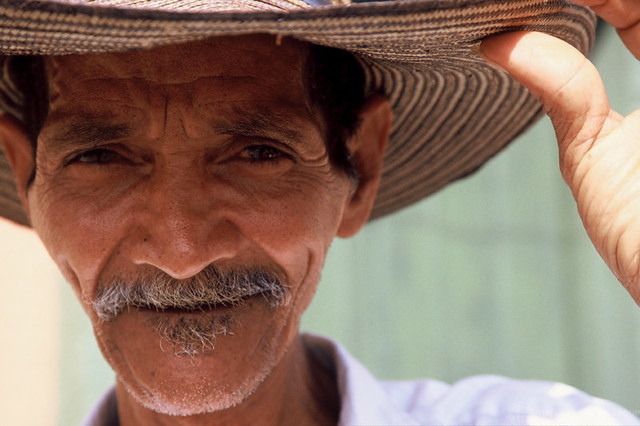Suriname is a small, natural-resource rich, upper-middle income country in South America with a population of approximately 623,000. The economy is driven by its abundant natural resources, with mining accounting for nearly half of public sector revenue and gold representing more than three quarters of total exports. This makes Suriname extremely vulnerable to external shocks. Strong economic growth, averaging 4.4%, was recorded from 2001 to 2014, mainly due to favorable commodity prices which made the country one of the fastest-growing economies in Latin America and the Caribbean, with Gross Domestic Product (GDP) per capita rising to US$9,850 in 2014 and a decline in poverty rates.
However, beginning in 2015, Suriname’s economy contracted, and the budget and balance of payments came under severe distress. Government revenue from mining fell sharply, foreign reserves were drained, and GDP growth contracted. By 2020, a severe fiscal and balance of payments crisis began to unfold in Suriname, which continued into 2021. Domestic vulnerabilities were exacerbated by the COVID-19 pandemic, leading to a sharp GDP contraction (16.0 percent in 2020, and increasing unemployment and poverty. On the UN’s Human Development Index, Suriname ranked 124 out of 193 countries in 2022 at 0.690, which puts the country in the medium human development category. Preliminary findings of a new poverty assessment indicate that in 2022 about 17.5 percent of the population lived below the World Bank’s upper middle-income poverty line of US$6.85 (2017 PPP) per day.[1]
Suriname is one of the most vulnerable countries in the world to the impact of flooding. The country is prone to periodic flooding due to heavy rainfall, especially when combined with spring tides. Approximately 87 percent of Suriname’s population lives along the 386 km long coastal plain (around 67 percent in Paramaribo), and flooding affects most of the population and an estimated 90 percent of human activities. Flooding is exacerbated by poor drainage in the relatively highly populated urban areas on the coast, such as the capital city of Paramaribo.
The successful implementation of Suriname's macroeconomic stabilization program is essential for its near-term prospects. The country started seeing a moderate economic recovery in 2022 with real GDP expanding by 2.4 percent. However, high inflation and currency instability remain major challenges. Successful debt restructuring and adherence to fiscal prudence will help the country restore debt sustainability and economic stability.
Fiscal adjustments could benefit the most impoverished Surinamese, within the context of the macroeconomic stabilization program. The discovery of several offshore oil deposits in 2020 could result in positive long-term growth and fiscal prospects for Suriname, although production is not expected to start until 2028 at the earliest. However, Suriname's reliance on the oil industry could make it more susceptible to fluctuations in commodity prices and have negative environmental impacts. To minimize these risks and establish a foundation for efficient and equitable management of oil revenues, it will be crucial to strengthen governance institutions and enhance human capital.
[1] Macro Poverty Outlook April 2024.
Last Updated: Apr 17, 2024



